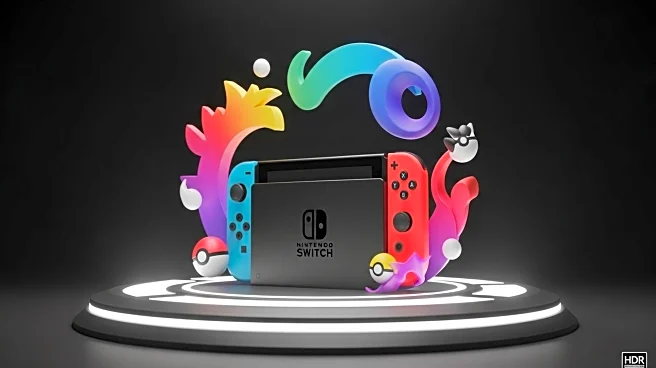What's Happening?
A recent survey by Circana reveals that the majority of U.S. gamers purchase fewer than two video games per year. The survey, part of Circana's Future of Games report, indicates that a third of respondents do not buy any games annually, while only 4% purchase more than one game a month. This data highlights a significant disparity in gaming consumption, with a small group of 'hyper enthusiast' players driving sales in the non-free-to-play gaming space. These players are characterized by their willingness to purchase multiple games, often opting for deluxe editions, despite broader market trends.
Why It's Important?
The findings from Circana's survey underscore a critical challenge for the gaming industry: the need to engage a broader audience beyond the core group of high-spending enthusiasts. This purchasing behavior impacts how gaming companies strategize their releases and marketing efforts. With a limited number of games being purchased by the average consumer, companies must carefully consider release windows to avoid competition with major titles like Call of Duty or Grand Theft Auto. The data also suggests a potential need for better game curation and discovery tools to help consumers find games that match their interests, which could drive more sales across a wider audience.
Beyond the Headlines
The survey results highlight a broader trend in consumer behavior, where a small segment of the market drives a significant portion of sales. This pattern is not unique to gaming and can be seen in other entertainment sectors. The challenge for the gaming industry is to expand its reach and appeal to a more diverse audience. This may involve innovative marketing strategies, improved game discovery platforms, and potentially new pricing models to attract casual gamers. Additionally, the findings may prompt gaming companies to explore new ways to engage with their existing fan base to maintain loyalty and encourage more frequent purchases.










